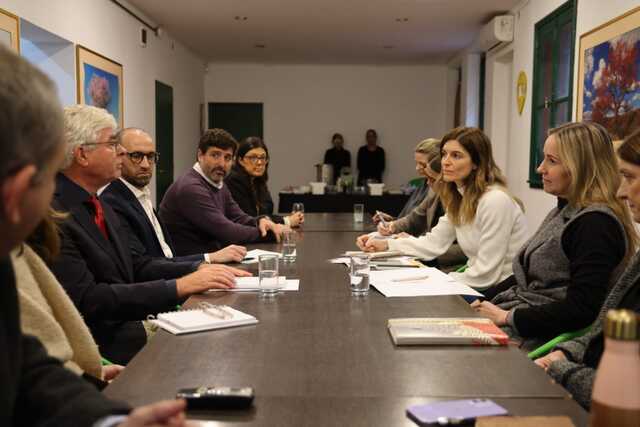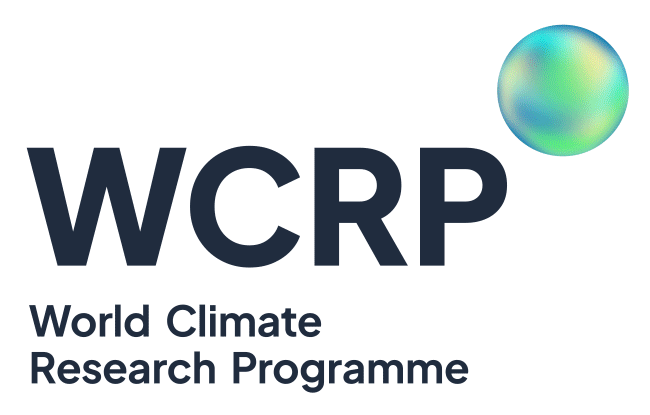Anna A. Sörensson and Carla Gulizia
DCAO/FCEN/UBA, CIMA / UBA-CONICET, IFAECI / UBA-CONICET-CNRS-IRD, Buenos Aires Argentina
Overview
Professor Detlef Stammer, Chair of the World Climate Research Programme Joint Scientific Committee (WCRP JSC), visited Argentina on 21-23 August 2024.

A first objective of the visit was to interact with the Argentinean climate researchers, stakeholders and decision makers and get an overview of the interactions amongst these three groups. This would showcase one example of how the relation between science and society works in the global south, getting glimpses of different realities, including potentialities, challenges and needs. This could be useful to the WRCP when evaluating how to reduce the existing gap between the global north and south.
A second objective was to inform and promote WCRP to researchers, stakeholders and government agencies, and in particular to define priorities that are common to WCRP and to national climate science and local stakeholders and government agencies.
This Summary Report documents the actors visited and the activities carried out ordered by date.
Xubin Zeng, Chair of GPEX Interim SSG
University of Arizona, Tucson, Arizona, USA
Introduction
Precipitation is a critical component of the water cycle, and it has a direct connection to society, the environment and natural hazards. Hence it has already received much attention. For instance, it has been emphasized by numerous national and international projects (e.g., the WCRP Global Energy and Water Cycle Experiment (GEWEX)), and precipitation as part of hydrology has received substantially increased attention in the World Meteorological Organization (WMO) Research Strategy for Hydrology. Nevertheless, there remain major challenges in accurate measurement and modeling of precipitation across scales.

In response, WCRP launched the Global Precipitation EXperiment (GPEX) as a new Lighthouse Activity in October 2023, with the Science Plan published in November 2023 (https://www.wcrp-climate.org/lighthouse-activities/gpex/GPEX-SciencePlan-Nov2023.pdf). This short essay is based on this document and its peer-reviewed publication (Zeng et al. 2024, and references therein). Figure 1 summarizes the key elements of the GPEX Science Plan: The four key points are related to the four science questions of GPEX; and the four key activities of GPEX will cover various storm types (as indicated by the icons in the center) using various approaches (as represented by the five icons outside the circle), including field measurements, satellites, modeling/computing, artificial intelligence, and capacity development.

